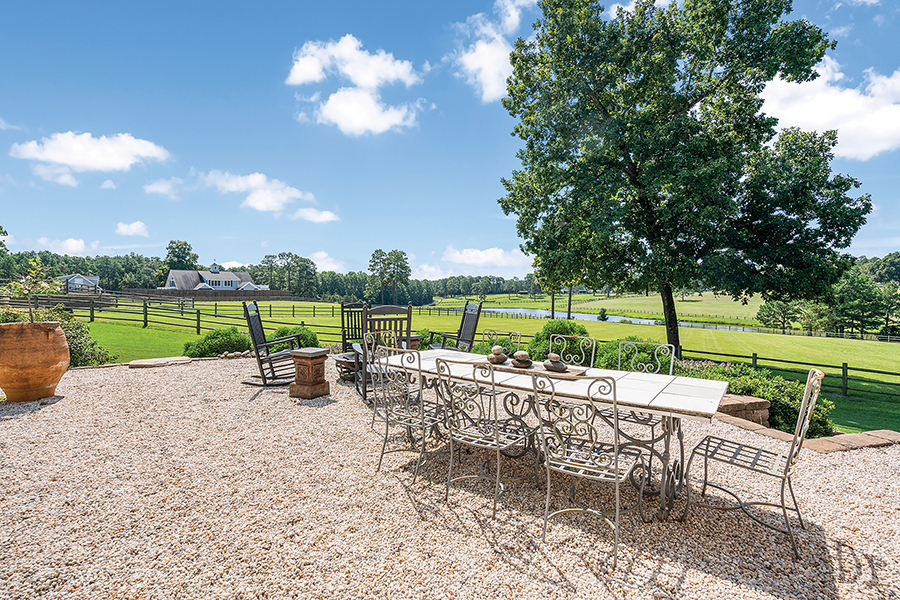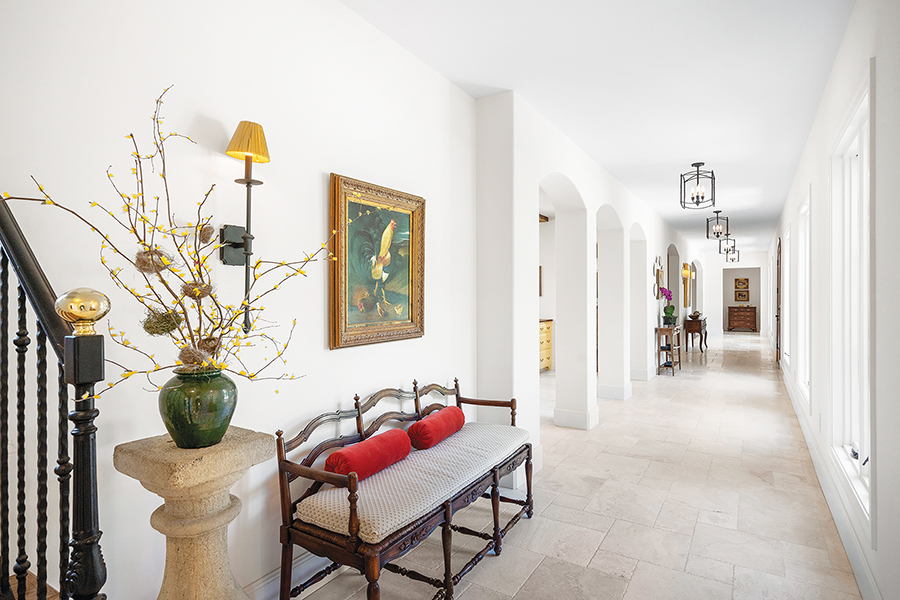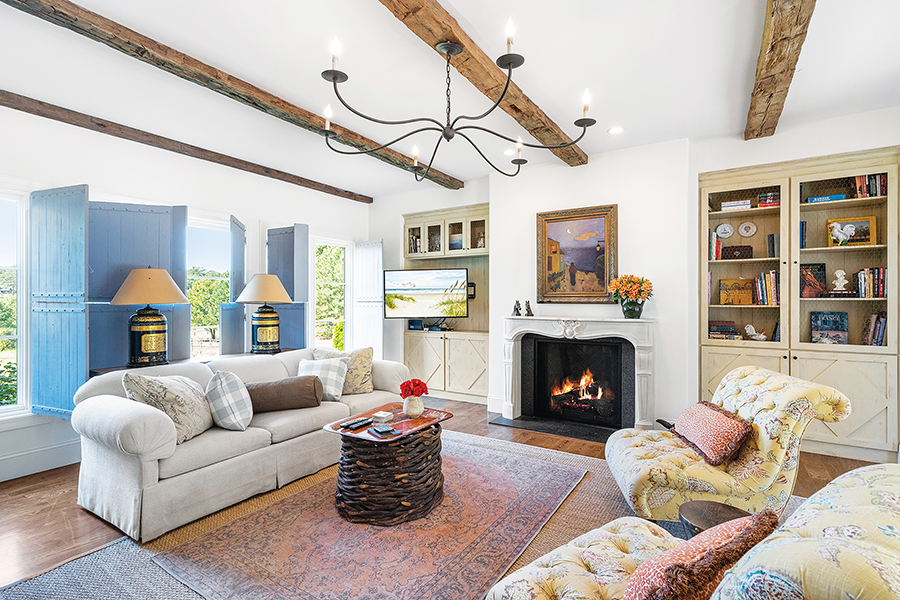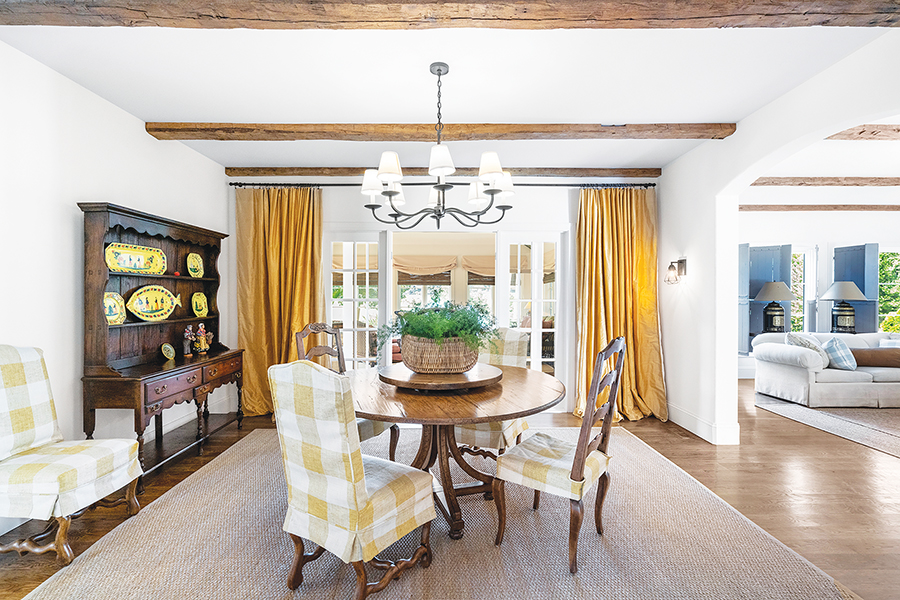Omnivorous Reader
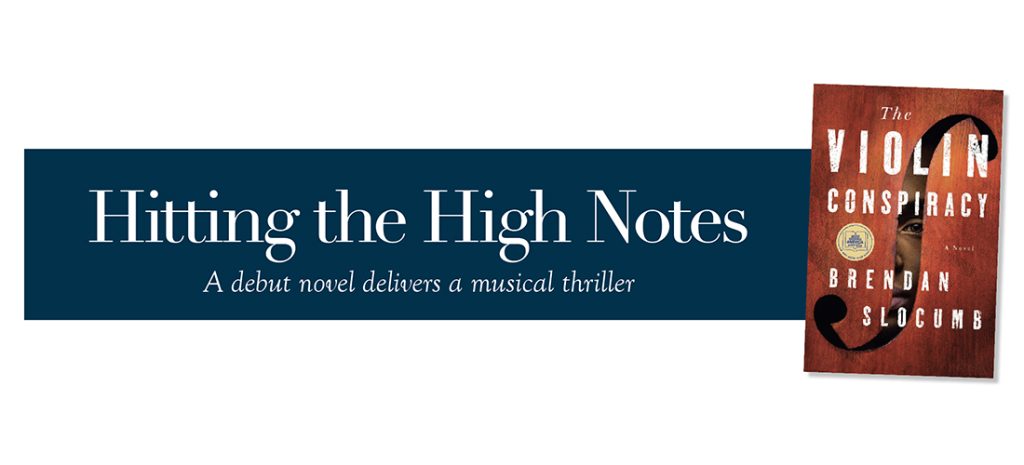
Hitting the High Notes
A debut novel delivers a musical thriller
By Anne Blythe
Brendan Slocumb’s literary debut, The Violin Conspiracy has been billed as a mystery, a musical thriller that takes readers across continents on a page-turning hunt for a valuable Stradivarius violin. While the story is suspenseful enough, the whodunnit is not much of a mind-boggler in the end. The true hair-raiser revealed in this coming-of-age story is the institutional racism that persists in the classical music world and the talented musicians of color these stubborn customs threaten to mute.
Slocumb is familiar with the story. He grew up in Fayetteville, received a degree in music education from the University of North Carolina Greensboro, and has performed in symphonies, where he typically is one of few Black men playing a violin.
Only 1.8 percent of musicians performing in classical symphonies are Black, Slocumb writes in an author’s note attached to the end of the novel. Only 12 percent are people of color.
“Music is for everyone,” Slocumb writes. “It’s not — or at least shouldn’t be — an elite aristocratic club that you need a membership card to appreciate: it’s a language, it’s a means of connecting us that’s beyond color, beyond race, beyond the shape of your face or the size of your stock portfolio.
“Musicians of color, however, are severely underrepresented in the classical music world — and that’s one of the reasons I wanted to write this book.”
Readers are plunged into the story of Rayquan “Ray” McMillan, Slocumb’s protagonist, in a New York hotel room “the morning of the worst most earth-shattering day” of his life.
The aspiring violinist orders scrambled eggs, juice and coffee from room service for him and his girlfriend. Lost in thought in the shower, he ponders the fingering of Tchaikovsky’s Concerto, the piece he plans to play almost a month later at an international competition. When he prepares to leave New York on a flight home to Charlotte, he discovers that inside the case that typically holds his nearly priceless violin — a Stradivarius his grandmother (unaware of its immense worth) had given to him as her grandfather’s old fiddle — was a white Chuck Taylor shoe with a ransom note on a sheet of paper folded in thirds.
SEND $5 MILLION
IN BITCOIN FROM BISQ
TO WALLET 34U69AAV89872
Not only does the note launch an international investigation into the whereabouts of the violin, it serves as the instrument to delve back into Ray’s boyhood and the school music classes that changed the trajectory of his life.
Like Slocumb, Ray grew up in North Carolina in a family that expected him to “get a real paying job” instead of taking a path toward a classical music career in a world where few people looked like him. Instead of encouraging her son to follow his dreams, Ray’s mother told him to “stop with that noise,” take the GED and get a job at Popeyes so he could help with the family expenses.
Ray meets a music teacher who becomes a mentor who pushes him beyond such confining expectations and encourages him to join a world where he would be the quintessential underdog, an endearing and hardworking protagonist who is easy for readers to rally behind.
Ray’s grandmother, Nora, recognizes his affinity for music and pulls out an old “fiddle” from her closet for him to practice on in the summer, when the school rentals were not available. It had belonged to her grandfather, a former enslaved man, who had a musical gift, too.
That “fiddle,” spruced up and revealed for what it was, quickly drew interest from extended family members who were more interested in its value than in Ray — until he became a rising star in the classical music world and a bit of a media darling able to coax a better living than they had imagined from its strings. Not only does his own family seek to share in the value of the instrument, Ray has to fend off claims of ownership from the family that had enslaved his great-great-grandfather. None of them appreciates the questioning they face when Ray’s dilemma casts suspicion on them all.
As Ray frets over the whereabouts of his kidnapped violin, leaving most of the investigation to law enforcement and an insurance agent, he also has to continue practicing for the international Tchaikovsky competition. His musical talent transcends the bow and strings in his hands. Even without his prized hand-me-down, the unlikely competitor is a real contender, one who will not be held back by ransom notes and side dramas.
Through a cast of characters, some better developed than others, readers learn about the jockeying of musicians in the classical world, vying for bragging rights that come with lucrative invitations to perform solos and lead prestigious symphonies. Ray describes the difficulties that a Black artist — especially one from humble roots without exclusive connections from famous conservatories — faces as he pursues his passion.
“You work twice as hard,” Slocumb writes. “Even three times. For the rest of your life. It’s not fair, but that’s how it is. Some people will always see you as less than they are. So you have to be twice as good as them.”
Ray didn’t need his PopPop’s instrument on the international stage. Though the kidnapped Stradivarius remained missing during the competition, his talent shone brightly. As opportunities from around the world came his way, he got the clue that helped him — not the team of investigators he’d relied on — discover who slipped the sneaker into the violin case.
There’s a crescendo when Ray opens a door, testing his theory about who made off with the family heirloom. “PopPop’s fiddle — his own most prized Stradivarius violin — grinned up at him unharmed,” Slocum writes. “Perfect.”
In the end, without totally spoiling the whodunnit, it really doesn’t matter where the violin is throughout the pages of Slocumb’s mystery. Its presence and absence string together a tale that will strike a chord. PS
Anne Blythe has been a reporter in North Carolina for more than three decades. She has covered city halls, higher education, the courts, crime, hurricanes, ice storms, droughts, floods, college sports, health care and many wonderful characters who make this state such an interesting place.

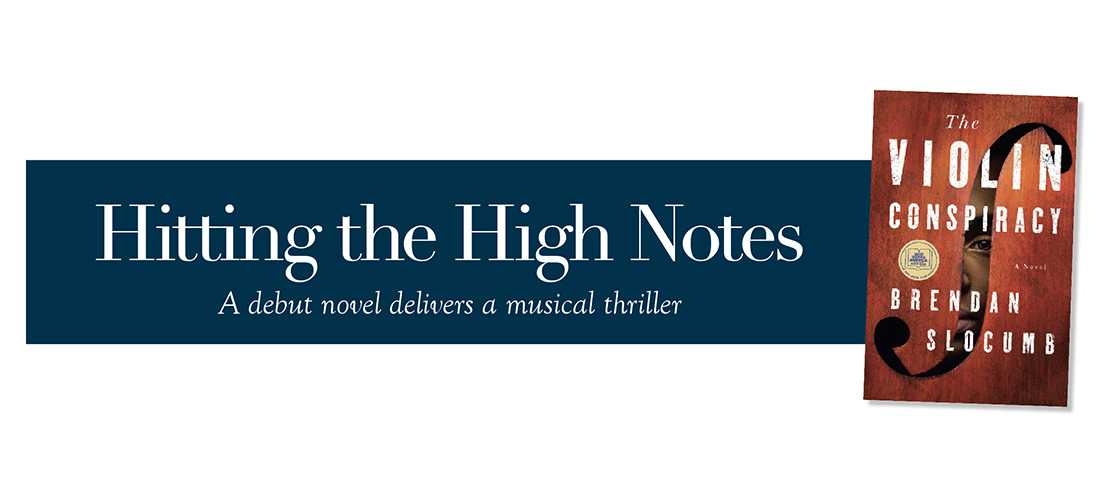
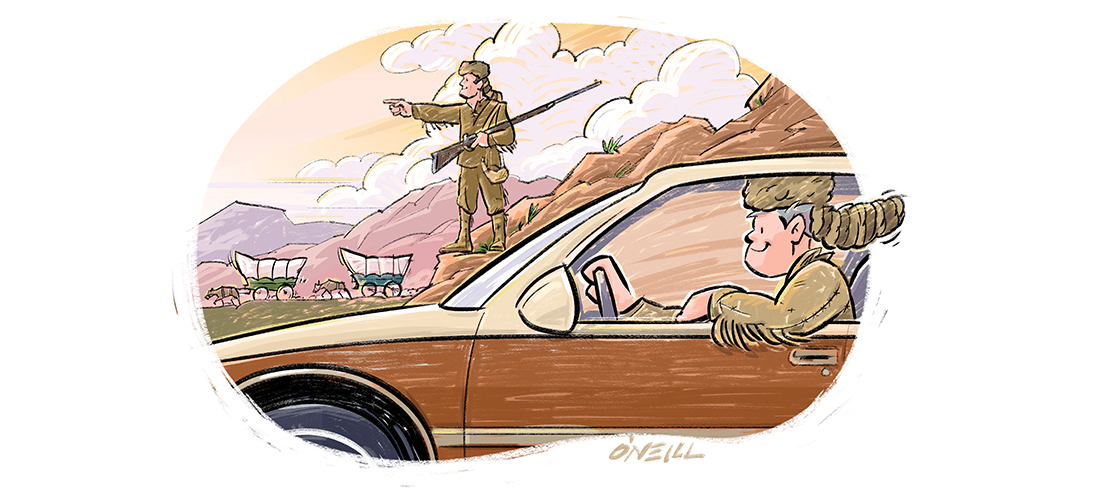
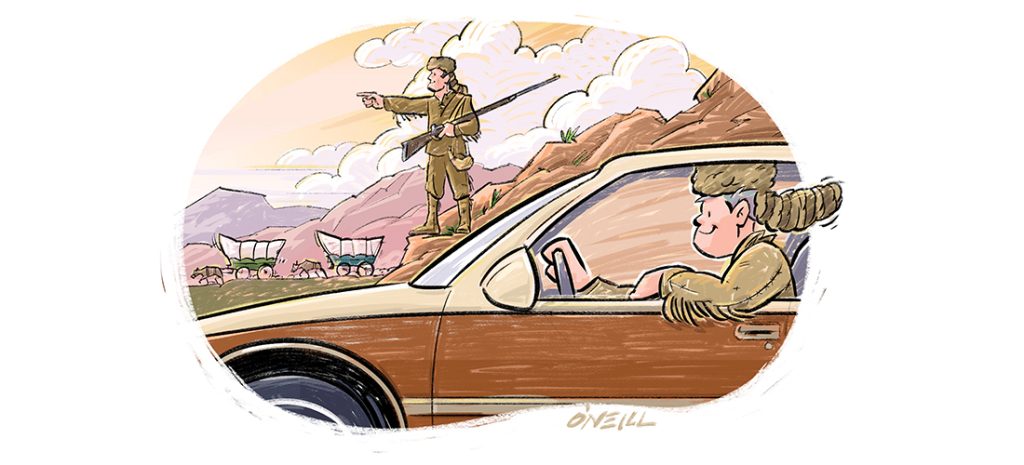
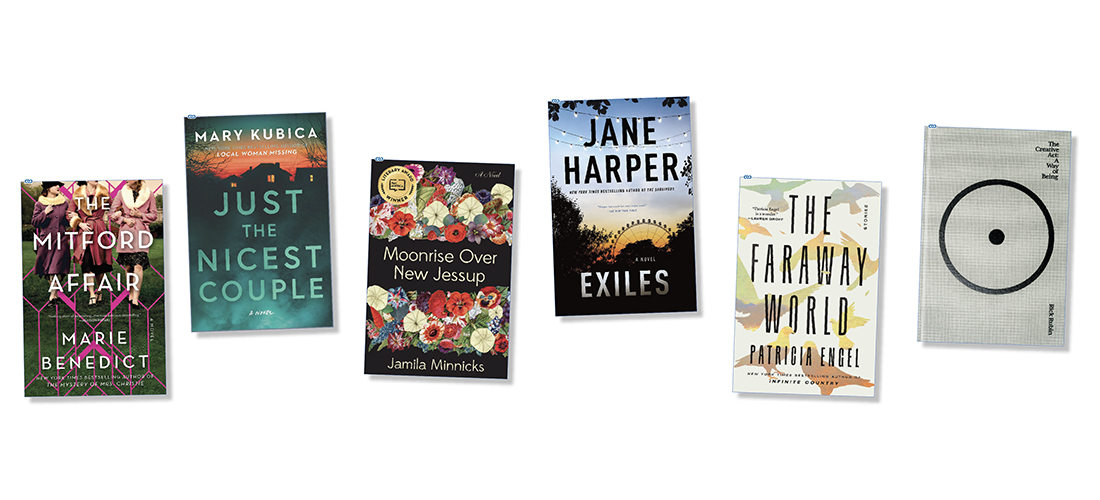
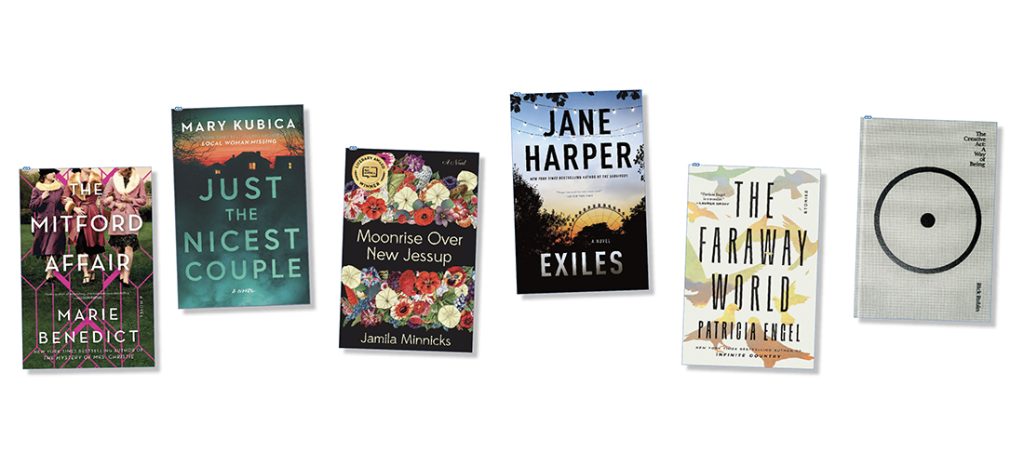

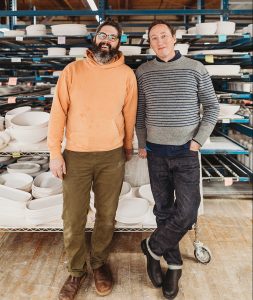

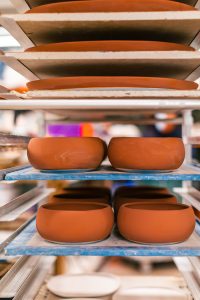
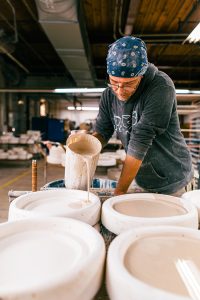

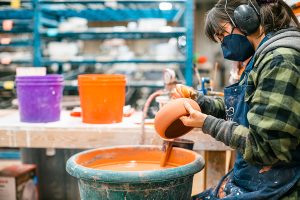
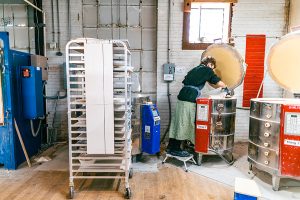
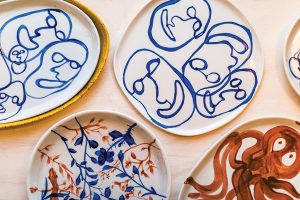

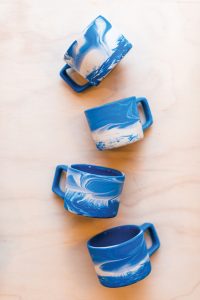
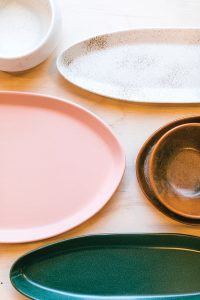
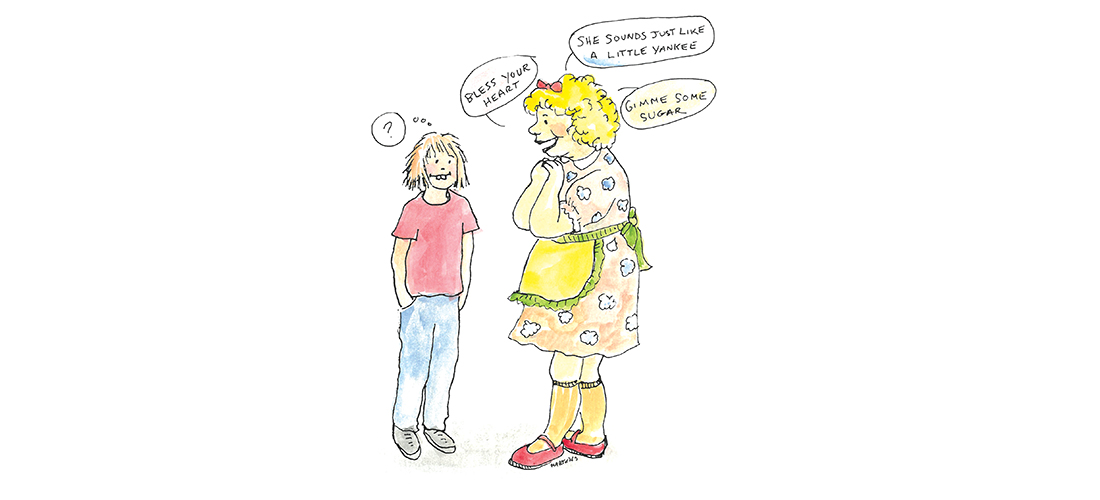
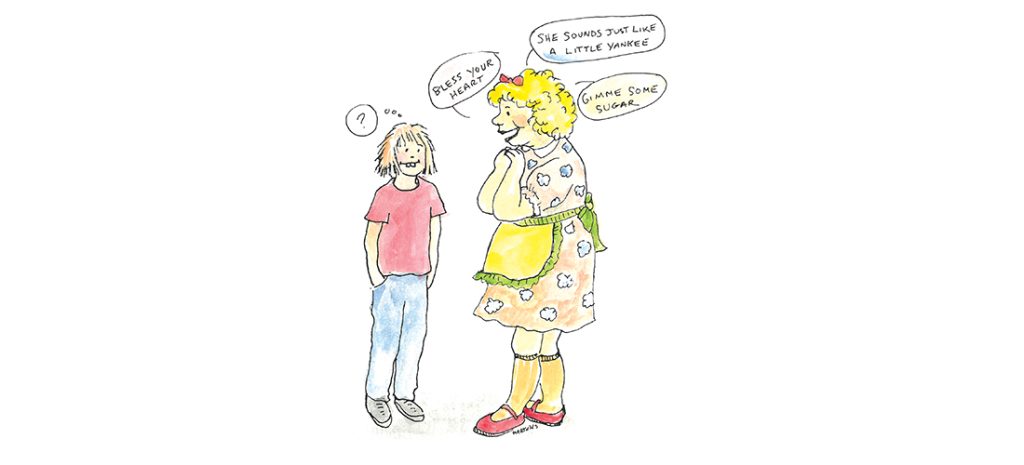

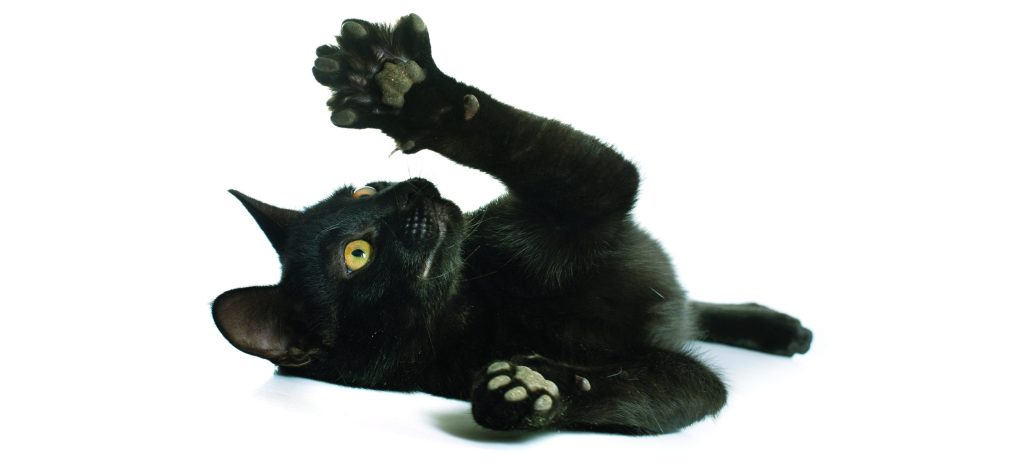
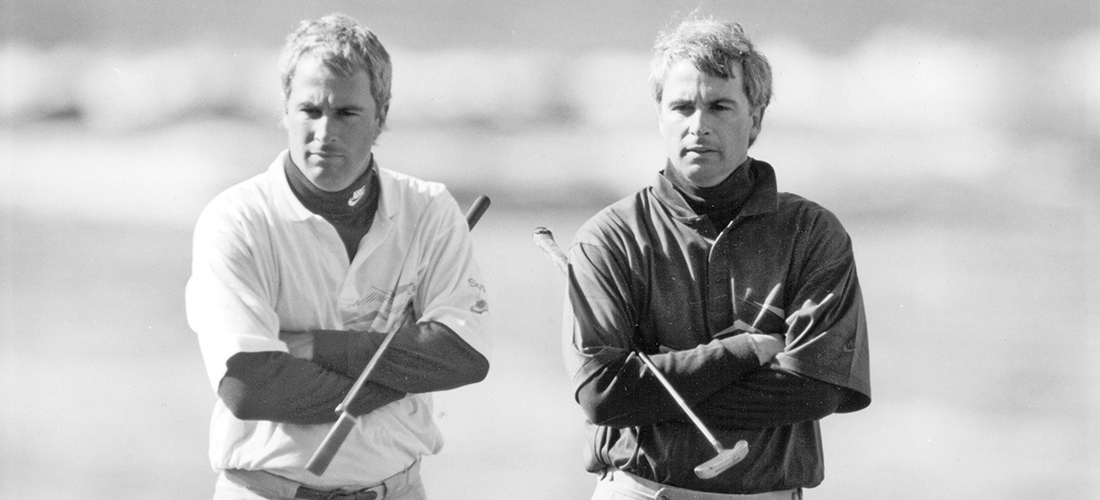
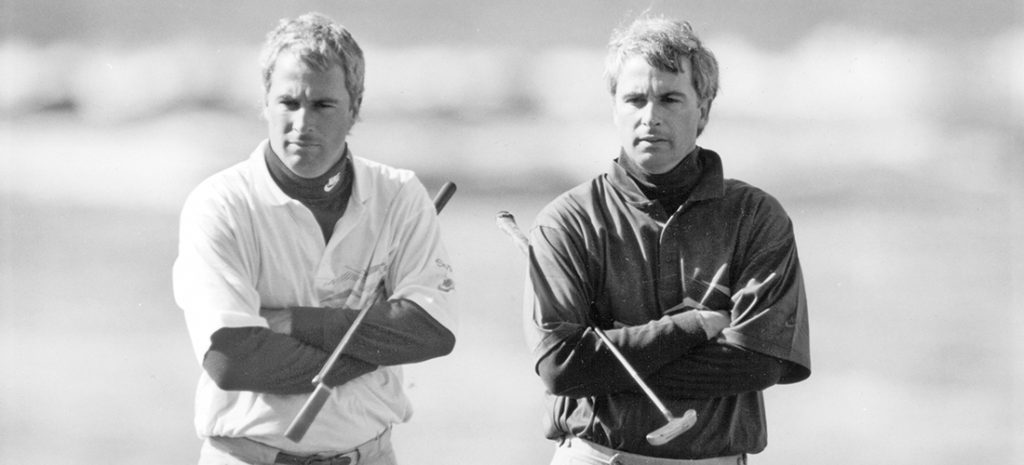

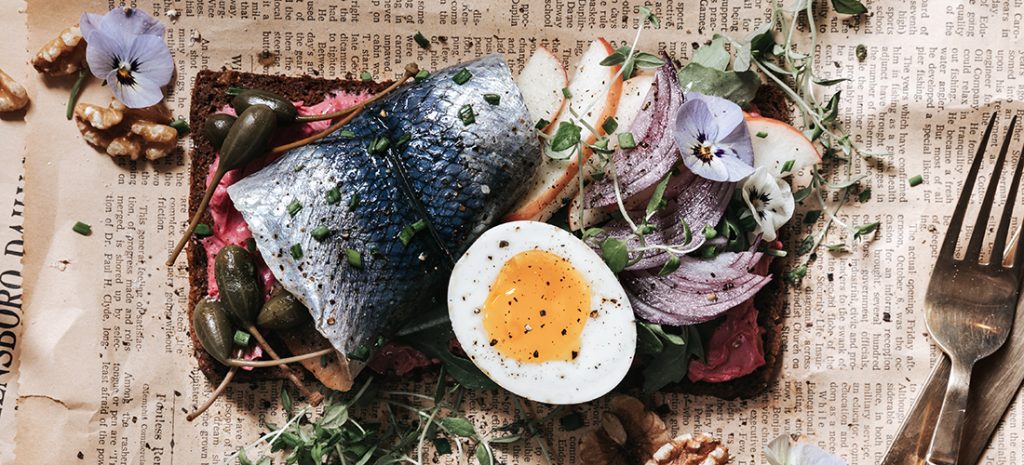
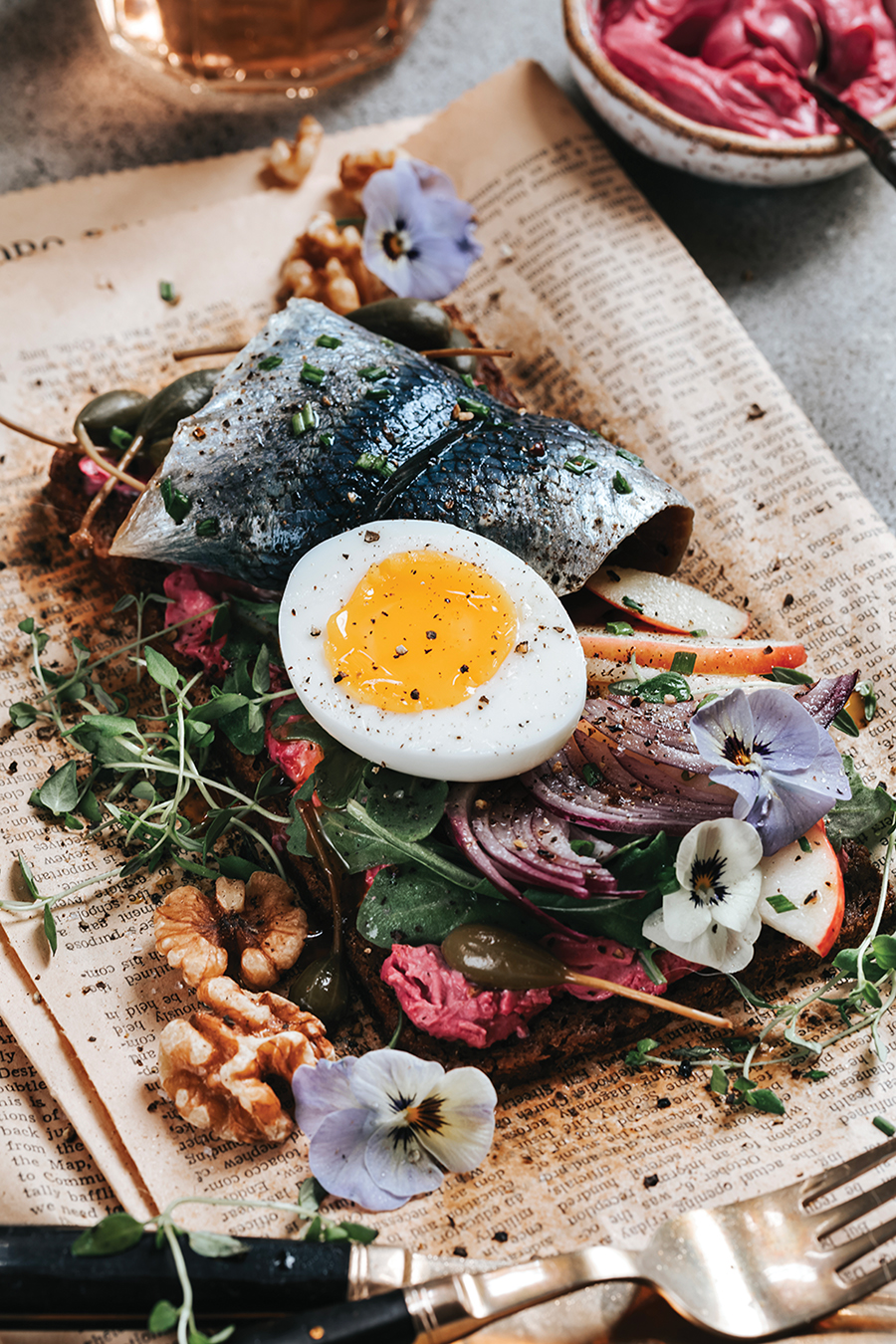
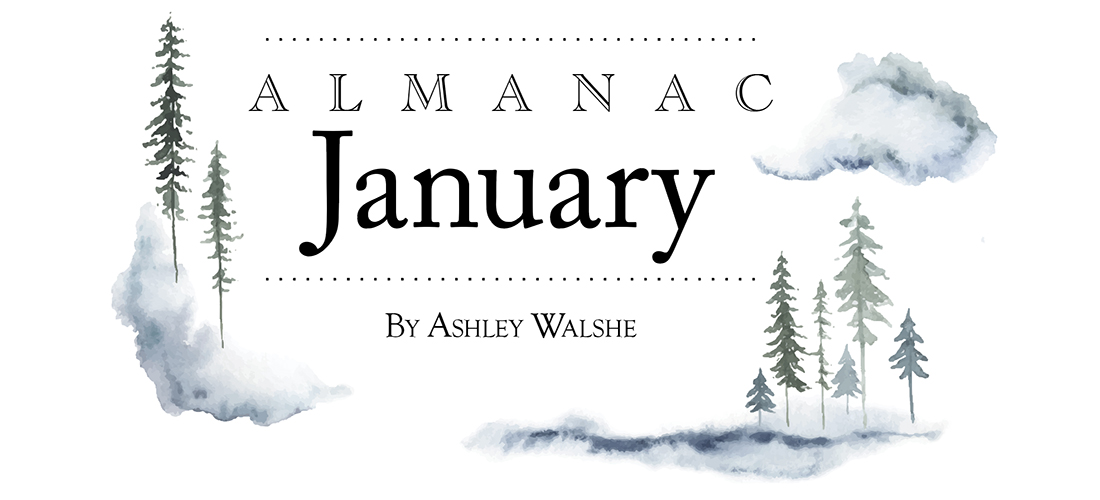
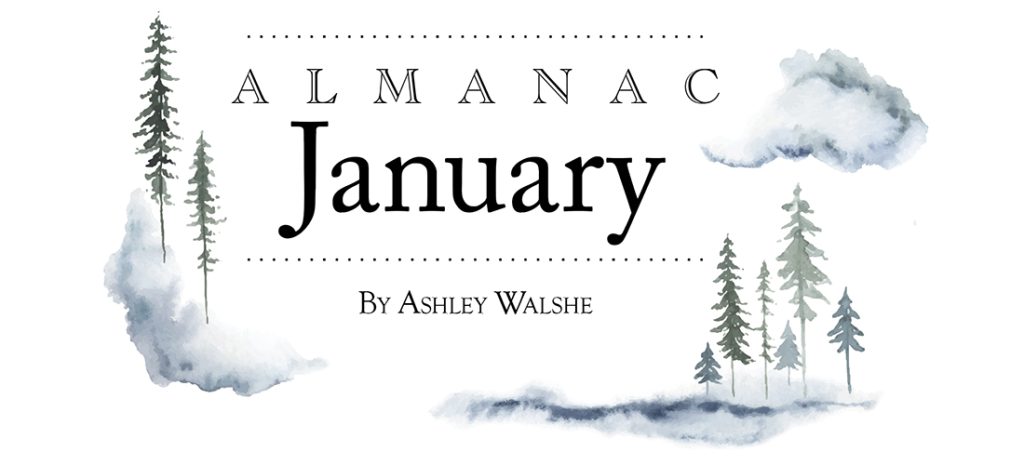
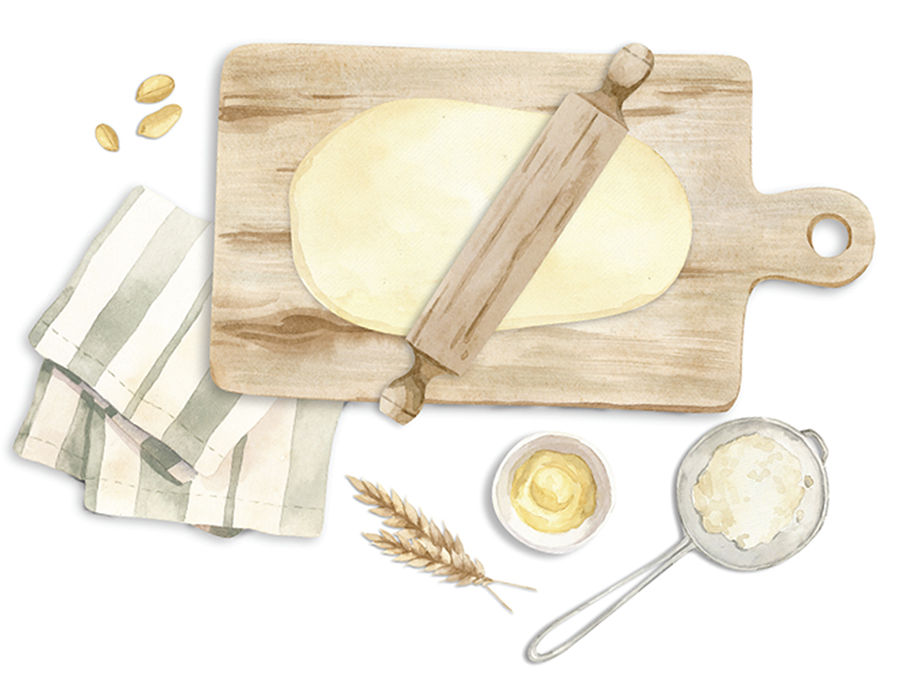 J
J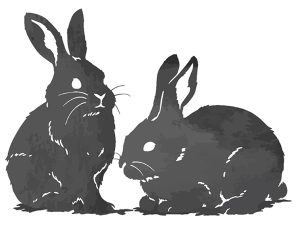
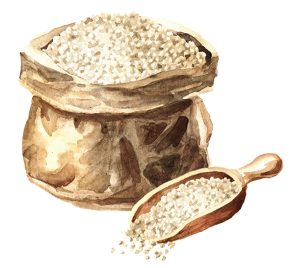 The Blank Canvas
The Blank Canvas 


